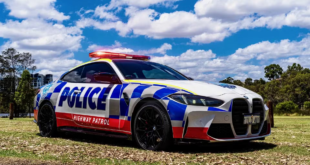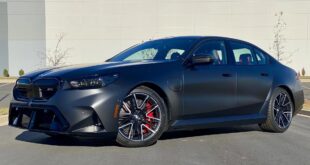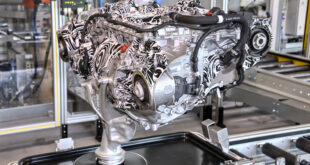With quite a number of exhibits within the vast halls of the BMW Museum, it’s not easy picking a favourite, or even a few favourites. For me, this showcase of retired racing legends is one of them. The cars in this hall might be the same as my initial visit four years ago, yet they remained breathtaking to look at and take in. No less aided by the sleek industrial walls lining each side.


While BMW might have campaigned in numerous successful racing programmes around the World with many cars achieving legendary statuses, few are as beautiful or as iconic as the 1972 E9 3.0 CSL in full racing regalia.

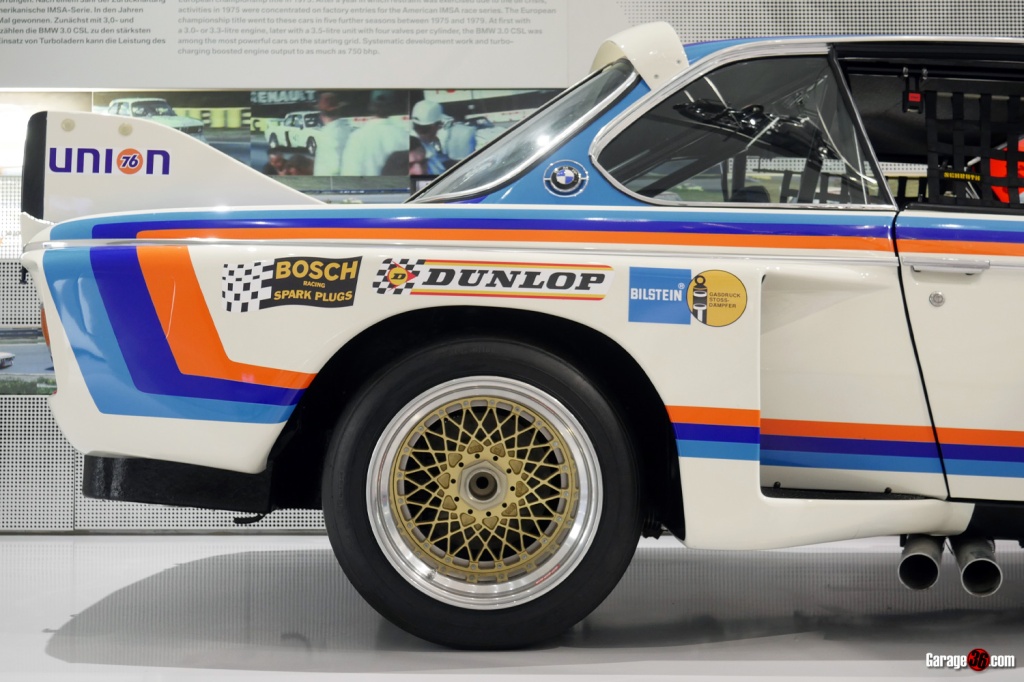

With its massive box flares, ridiculously large wings and gorgeously deep BBS wheels, the “Batmobile” wasn’t just a great looker but a dominant force on the racetracks as well. Dominant enough to not just win races in IMSA GT, but also going on to win the European Touring Car Championship in 1973 and thereafter every year from 1975 to 1979, cementing its place in the halls of automotive legends.



A lovely Italvolanti wheel, quite a huge departure from the techno-laden wheels of racing cars today. Also, stick shift.

With the CSL getting on in age as a racer, BMW needed a new car and in just twelve weeks developed a Group 5 version of the at the time brand new ‘E21’ 320i, ready in time for the 1977 season. Whilst not as beautiful as the CSL it was no less aggressive with an even more exaggerated amount of bodywork (honed in the Pininfarina wind-tunnel) crafted onto the original car’s body.

While it might have had some success on the track with several wins, the compact 320s struggled to keep up against the mighty Porsche 934s and 935s. Even after joining forces with McLaren North America to create a turbocharged version of the M12 engine, the sheer dominance and numbers of the more powerful Porsche 935s it raced again created great difficulties for the little BMW to clinch a championship title.
With the introduction of Group C bringing an end to Group 5, the 320 sadly, never could add a championship title to its list of achievements but it did give BMW Motorsport plenty of invaluable insights into creating what would eventually become creating the M12-based Formula 1 engines of the 1980s.

Interestingly, with only 28 examples known to have been produced by BMW Motorsport and even less remaining, this slightly less successful racing machine is now one of the most valuable today.

With the E21’s racing career drawing to a close, BMW Motorsport had something else waiting in the wings. We all know what happened next.

In an interesting twist of fate, perhaps with lessons learnt from Porsche’s dominance in the 1970s or just tired of Porsche winning everything in modern-day racing, BMW made this, a car to royally piss off their neighbours from Stuttgart. The M3 GTR. A dedicated racer with the body of an E46 M3 and a 4-litre V8 flat-plane heart of pure power. A heart that at the time wasn’t in any production car at all, which was part of the rules for allowing the car to race in American LeMans Series’s GT class.
So BMW did the natural thing and built just ten “road-going” versions for “homologation” purposes. They were brutal in price as well because BMW never really meant to sell any. But rules were rules and BMW were allowed to race, breaking Porsche’s monopoly on race wins, sweeping seven of ten races and finishing first and third in the ALMS championship. Guess who complained?
Unfortunately, due to “reasons”, the rules pertaining what constituted a production car were then amended. At least a hundred of the “road-going” cars had to exist, along with a thousand engines built. This second rule sealed the fate of the V8 GTR because it was hugely expensive to build and with that, the M3 V8 GTR (and Porsche’s pettiness) was confined to the history books.


From the one hall of storied BMW Motorsport cars we come to yet another hall of storied BMW Motorsport cars. Or as I’d like to call it, the hall of cars I’d love to own and with the exception of the M1 were all at one point affordable. Yes, even the E30 M3. How times have very quickly changed.

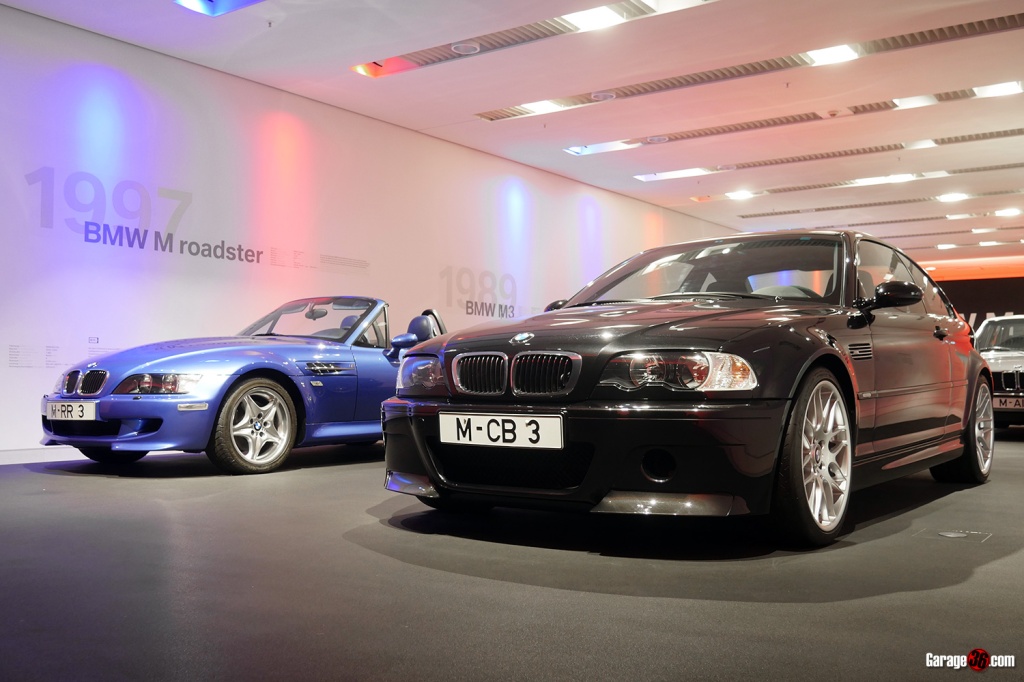
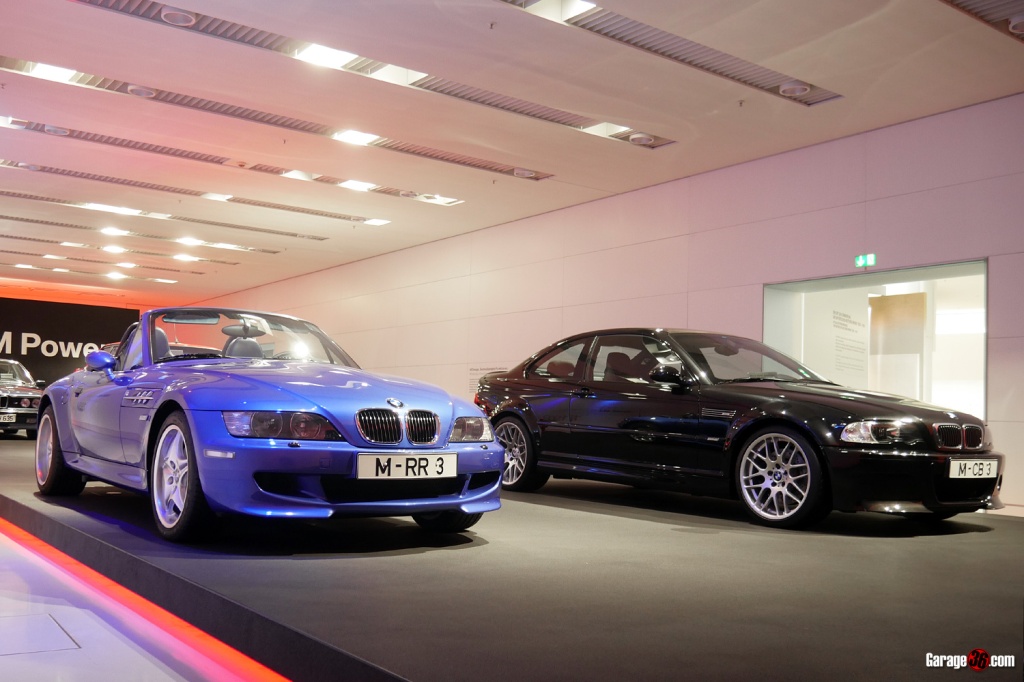



Still one of the best looking BMW road cars ever penned. Fight me.
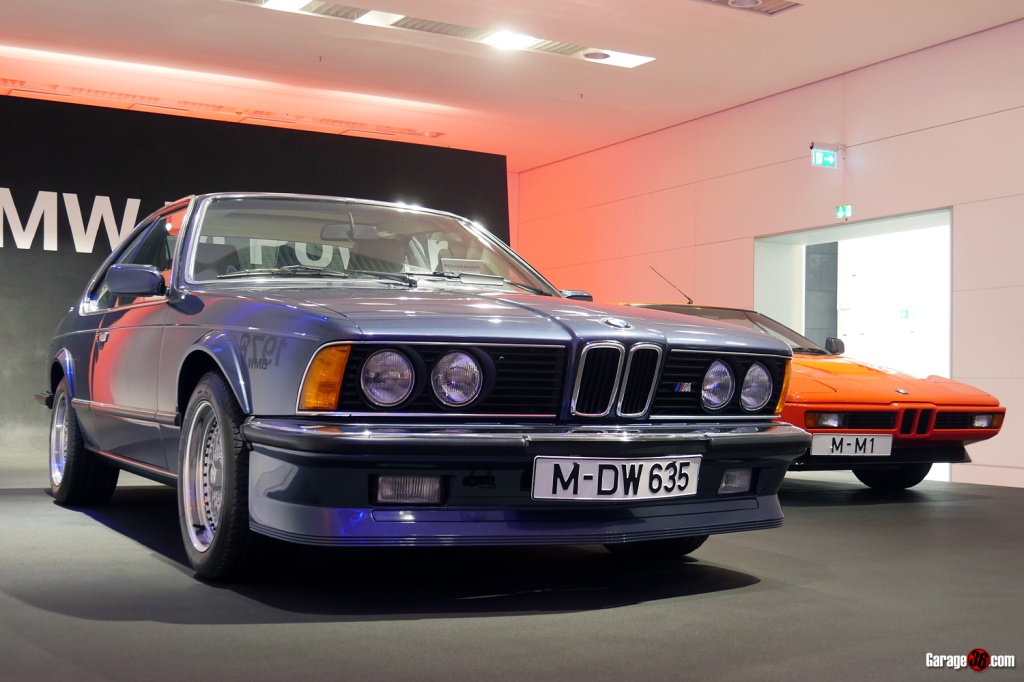
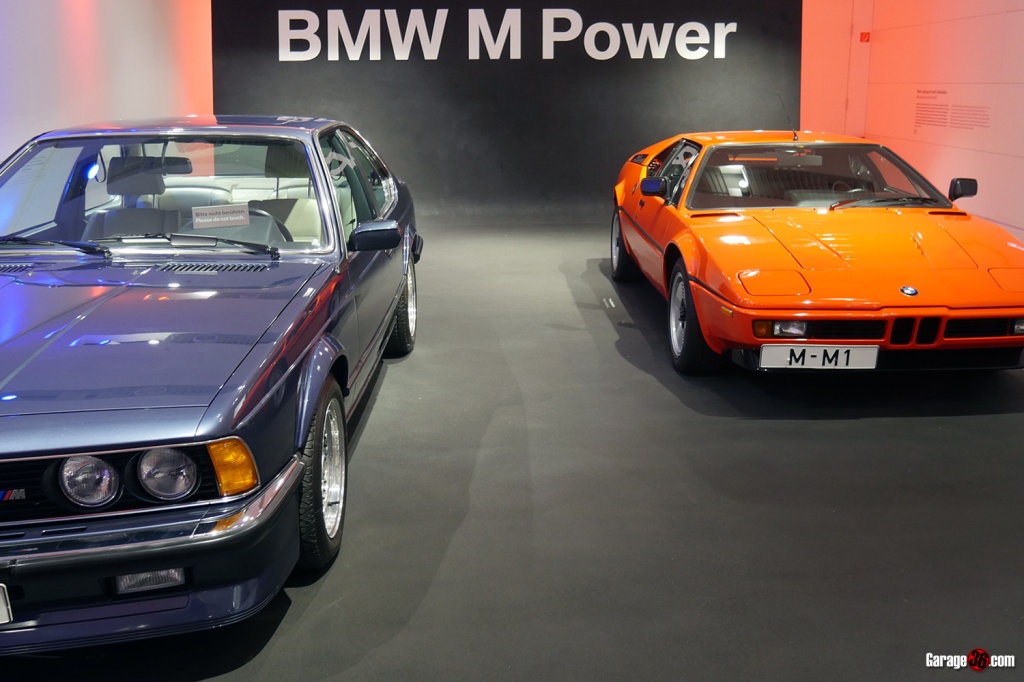


It’s a little silly but I did feel a hint of sadness knowing that these marvellously soulful machines as lovingly maintained as they are sitting here will probably never turn a wheel in anger for many years to come nor be enjoyed as much as they would have been in the wild.
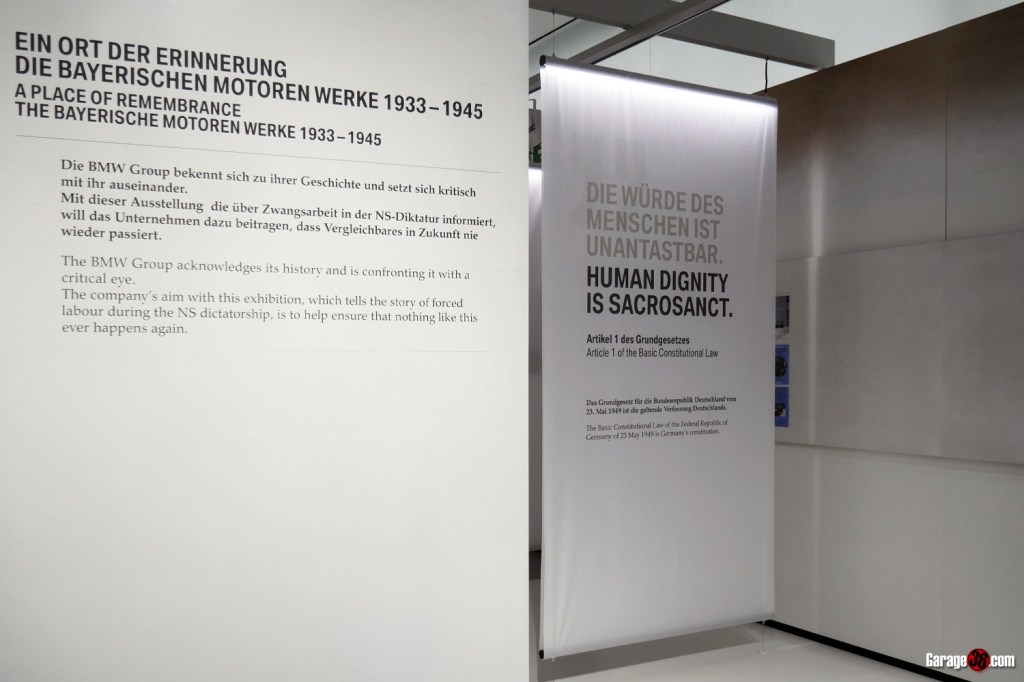
That sombre note is I guess something felt on a much more emotional level here detailing the history of the marque’s links with the National Socialist/Nazi party and their use of forced labour during those times. Lessons from history we should all acknowledge and never forget nor allow to happen again. I chose not to take any pictures here.

As mentioned previously in my earlier story, having my 2002 in a million pieces on the workshop floor has given me a much deeper appreciation for these immaculate cars BMW have in the museum and unlike my first visit years ago, having an ’02 of my very own has now given me a different perspective when viewing one here. Yes, I took a really good look around.

Period correct tires even.

No rust here to cut your fingers…


Attention to people selling cars on local classifieds, when you say “immaculate condition”, this is what immaculate is supposed to mean. Not just some fresh paint splashed on putty.
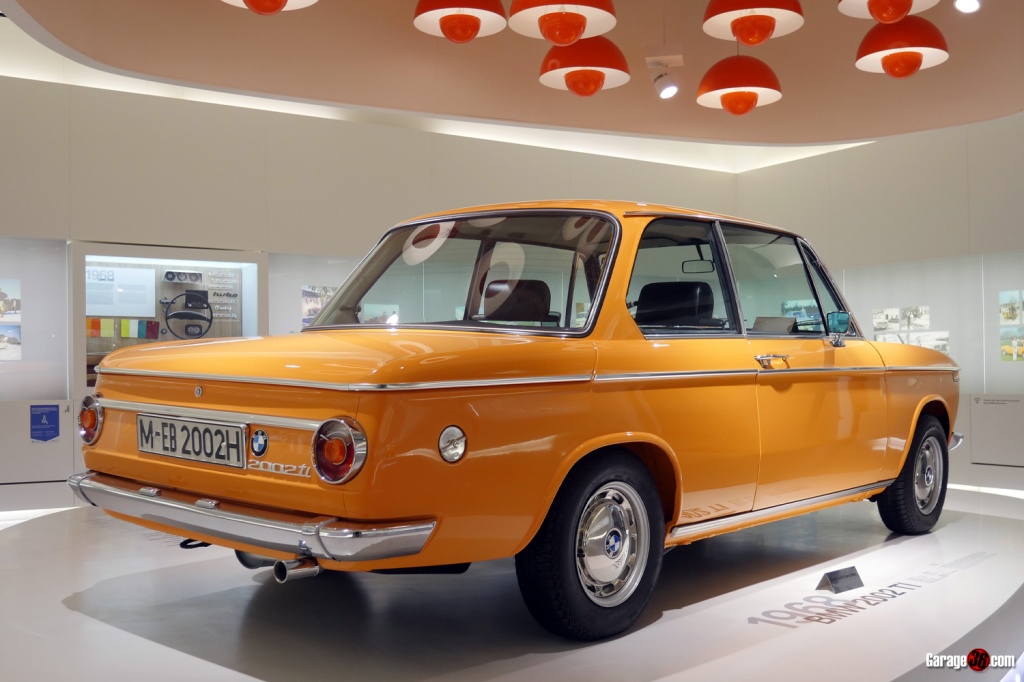
Clean as a whistle, if my ’02 can be even half as good, I’d be happy. That fuel cap isn’t fully horizontal though, so maybe take some points off there.

I guess my car’s original owner was fashionably stylish having ordered one in yellow.

Sharing space with the BMW 2002 was this cute little Isetta, an early 250 variant with curvier (and more attractive) wraparound bubble windows. Probably not great in Singapore weather.

Since we’re on the topic of Italian designed BMWs, here are two one-off BMWs with rather different approaches to styling. Also, the internet hates one of them.

Designed by Marcello Gandini of Bertone, this BMW Garmisch is quite an interesting car not just because of its very forward-thinking design, but also because this particular vehicle is brand spanking new, built in 2019.

As the original car went missing shortly after its debut at the 1970 Geneva International Motor Show, BMW’s ‘s current team of designers had to refer to old documents and photos in their endeavour to recreate this car from scratch.
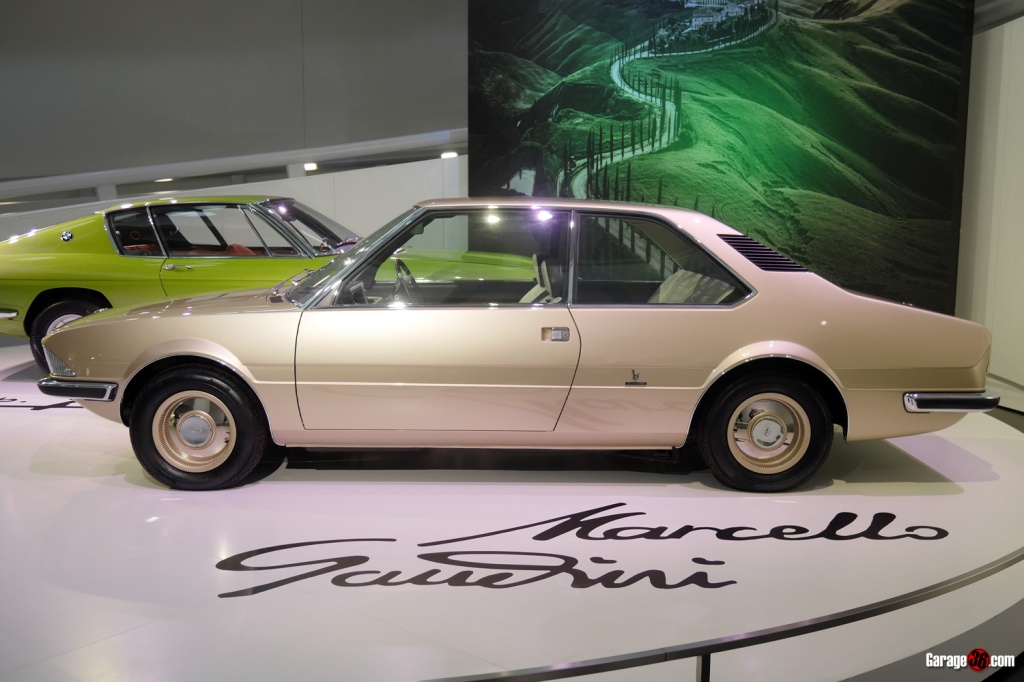
Gandini himself was even called upon to provide clues to the styling of the car, mostly for the colours as photos of the car were all black and white.
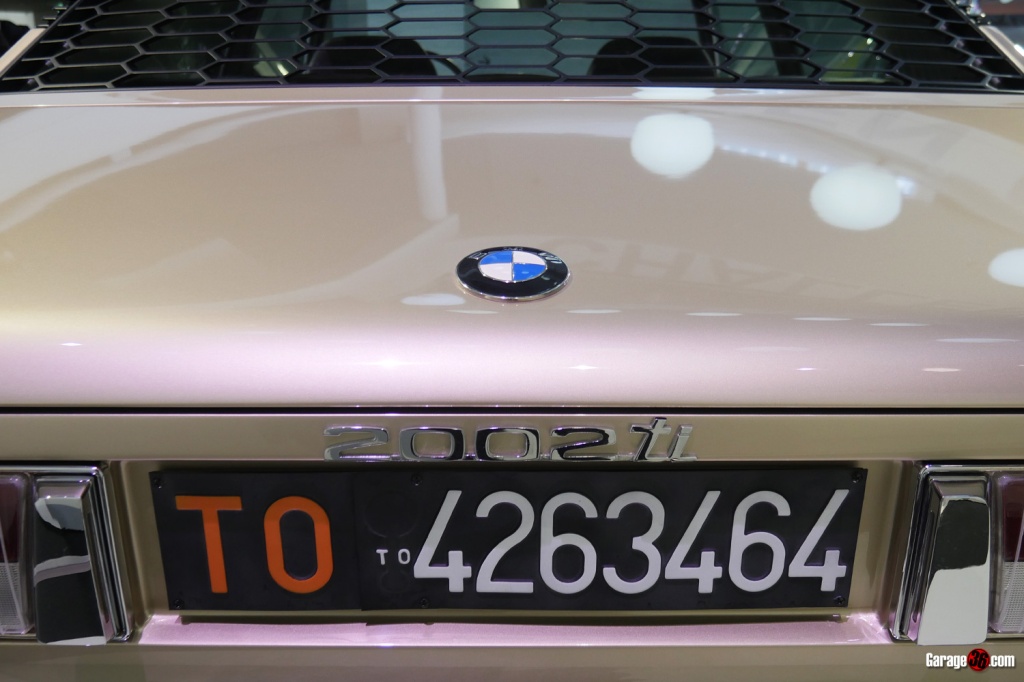

Unlike the curvy lines of its contemporaries at the time. the Garmisch, named after the popular skiing town of Garmisch-Partenkirchen in BMW’s home state of Bavaria, featured sharp and purposefully angular lines. A bold design decision that would go on to influence many BMWs only years later. If the internet was a thing in the 1970s, this car would probably have had a ton of critics since it even has haters in 2021.

Personally, I like it. Not just because of its quirkiness but because of what it brought as a design statement, showcasing BMW’s willingness to try bold new approaches to styling which might not be to everyone’s liking. Sound familiar?

Right next to the Garmisch, we have something that’s much more aligned with what most people perceive to be a traditionally beautiful automobile. The 2800 GTS Frua. Crafted by Italian coachbuilder Pietro Frua on a BMW E9 2800CS, the 2800 GTS Frua was the designer’s own idea, wanting to give the BMW a more stylish exterior with some Italian flair.

The result was a car that bared little resemblance to its original base with a beautiful sloping rear roof-line and a more aggressive front end.

Unfortunately, even though BMW toyed with the idea, the 2800 GTS Frua never made it to series production or rather, any kind of production at all and this example remained a one-off, being sold to off to a (lucky) private owner living in Spain in 1971 where it repainted red and remained until 2000 when it came up for sale once again but in the Netherlands which was where the fine folk at BMW Group Classis acquired it from and started their painstaking 2-year restoration process.

The story goes that the mechanics over at BMW Group Classis spotted a tiny dot of original paint inside the fuel filler cap and from there, the original colour was sampled and reapplied onto its lovely bespoke body.

Another sort of “one-off”, one of the BMW Art Cars, this one by Australian artist Ken Done. This particular art car was driven to victory by Jim Richards in group A of the Australian Drivers‟ Championship. It was also placed right outside the restroom which felt a little strange given its provenance.

The BMW museum also has a continuously updating exhibit in one of the halls, this time focusing on sustainability and other important (but boring) eco stuff.


They did showcase the concepts of what would eventually become the iX and the i4.

Thanks for reading once again!
 BMW.SG | BMW Singapore Owners Community The Ultimate BMW Community – Established Since 2001
BMW.SG | BMW Singapore Owners Community The Ultimate BMW Community – Established Since 2001



